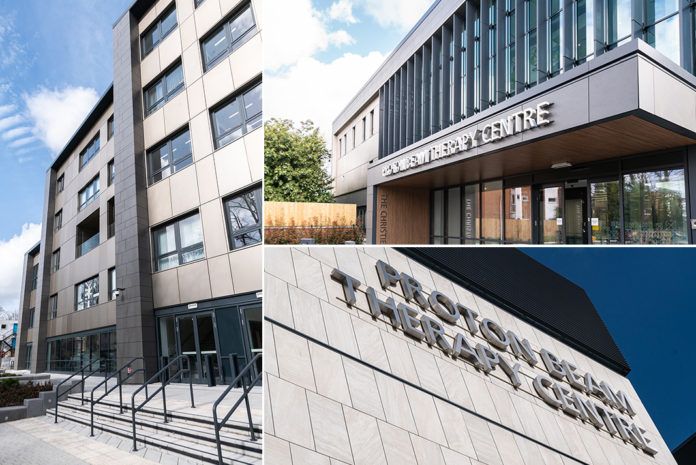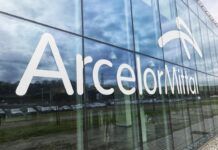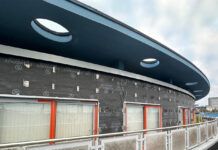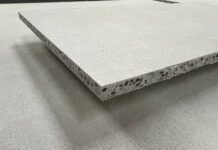The new Proton Beam Therapy Centre at The Christie, the internationally renowned cancer hospital in Manchester, is the first NHS facility of its kind in the UK.
In addition to providing performance, durability and ease of maintenance Shackerley’s SureClad Ceramic Granite ventilated cladding system has been specified as a major façade element to create a sense of synergy and cohesion with neighbouring buildings. Use of the system connects the new building visually with the existing Oak Road Treatment Centre, ensuring a level of familiarity for patients and their families.
Advanced Environment
The five-storey, 15,000m2 unit, which includes a three-storey bunker where a cyclotron particle accelerator can be directed to any of three treatment rooms.
The task of combining the technical demands of the Proton Beam Therapy Centre building with the need to create an accessible and welcoming environment fell to the project’s design team at HKS Architects.
Franko Covington from HKS Architects commented: “From the outset, the design approach was to focus on the patient experience.
“It was also important to communicate the prestige and importance of the new facility and maximise its prominent position near the hospital main entrance. This provided an opportunity to announce the facility’s importance to passers-by with signage, feature lighting and quality cladding materials.”
The SureClad Ceramic Granite cladding system was critical to achieving those key objectives, providing a high-end finish that creates a clean, contemporary appearance. Two contrasting shades of creamy beige and grey ‘Travertine’ SureClad façade panels create a natural finish in soft tones with a subtly reflective surface that connects the façades to the outdoors.
The building is accessed from Oak Road, so the visual synergy between the new facility and the Oak Road Treatment Centre provided by the cladding specification underlines the impression of a planned expansion of the cohesive campus.
The building’s heavy concrete structure, necessitated by the Proton Beam bunkers, made creation of texture and contrast one of the key design challenges. This was addressed by introducing natural light into the building, enabling views to the soft landscaping at the rear, and designating the main reception areas as a ‘winter garden’. The SureClad façades are punctuated by windows of varying sizes and curtain walling at ground floor level.
The patina of the SureClad façades helps to soften the building further still. On approaching the building, the 1198mm x 598mm panels help to achieve a non-homogenous aesthetic. The grey veining in Shackerley’s beige ceramic granite, along with the lighter speckles of the grey panels also contribute to a less clinical, more natural aesthetic.
Installation flexibility
In addition to answering the aesthetic aspirations of the Proton Therapy Beam project, SureClad system’s durability, uniformity and long-term performance offered considerable practical, maintenance and whole life-cost benefits. All panels of each colourway were fabricated from a single batch of ceramic granite, ensuring a precise match of colour and patina.
Alongside the standard, large format panels, Shackerley also prefabricated a wide range of detailed and bracketed panel returns for window surrounds and corners. Every panel and detail was supplied fully-prefabricated from Shackerley’s ISO 9001 certified factory, with all fixings, brackets and straps secured with undercut anchors, ready for immediate installation onto Shackerley’s innovative and patented, Queen’s Award-winning SureClad Access system.
Maintenance
Reduced maintenance was another area of focus for the specification. Shackerley’s SureClad ceramic granite is fully–vitrified with virtually zero porosity, as defined by BS EN14411. This means that panels do not absorb contaminants and are completely unaffected by climatic extremes, as they conform to all international standards for freeze/thaw-resistance, ensuring a robust, extended service life. The colour and patina will not fade, even after intense or prolonged UV light exposure, and the non-combustible (Class A1 to EN13501-1) material also offers excellent resistance to acids, alkalis and graffiti and does not promote algae growth.
Legacy
The Proton Therapy Beam Centre marks the continuation of a proud legacy for Shackerley at The Christie, which includes specification on the Oak Road Treatment Centre, the Hospital’s Oldham site and the Integrated Procedures Unit (IPU.




